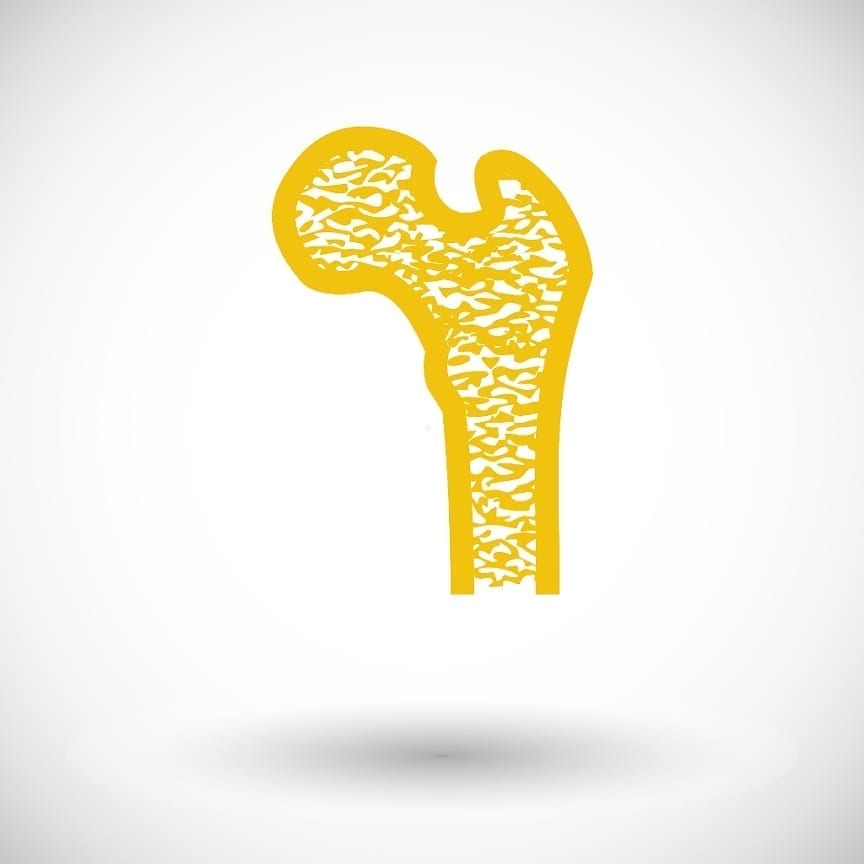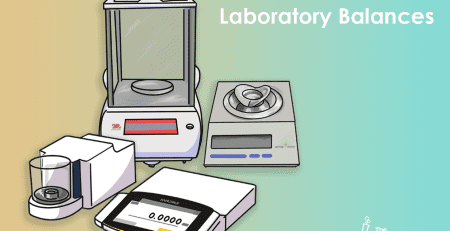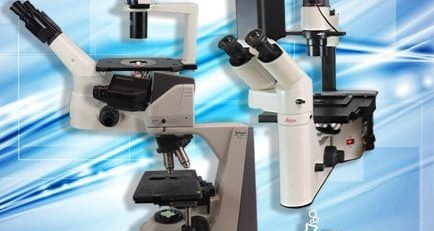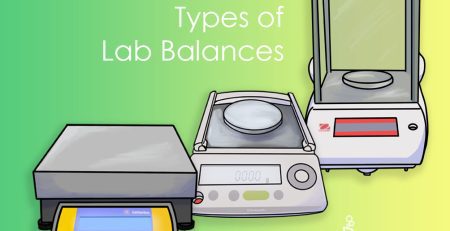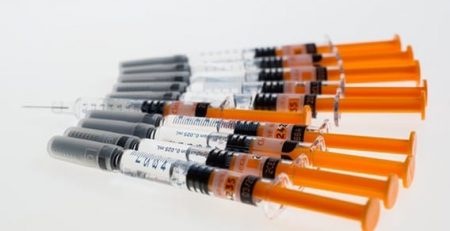Gel Replaces Bone Implants
new responsive coating for implants used in surgery to progress their integration into bone and to prevent rejection has been developed by a research group at Uppsala University, Sweden. At the Institut Laue-Langevin in Grenoble, France neutron scattering experiments have displayed how a protein that advocates bone development affix to this surface and discharges in an ordered way. Dental and orthopaedic implants must last for more than a few years.
In order to for these surgical factors to be successful they must rely on assimilation into adjacent bone tissue. Coating implants with gels made by altering a broad molecule called hyaluronan. Promoting bone formation by appending protein molecules due to the coat of titanium surfaces is displayed by Advanced Engineering Material. Once the surfaces meets with a solution of calcium ions they can be let go slowly. This process would activate the development of bone on the implant.
A neutron reflection, which is a new method that gives an intricate display of what happens at a surface, defined a few millionths of a millimetre thick, of the gel layers. The research team also arrayed the protein, BMP-2 that provokes bone development was obligated to the gel as well as displaying that the protein layer was sturdy in water but could be let go slowly by an input of solutions enclosing calcium.
Trials of similar elements for metal implants in rabbits has been launched by the research group. The Swedish Agricultural University have also collaborated with these ongoing studies.
“Neutron scattering techniques are increasingly relevant to optimise bio-materials and to study systems that relate to health. The importance of combining conventional laboratory studies with those at a large scale facility to give a complete picture of a process was proven once more. This work arose from a studentship funded by the Institut Laue-Langevin which makes us proud of our PhD programme.” claims Dr Giovanna Fragneto from the Institut Laue-Langevin.




